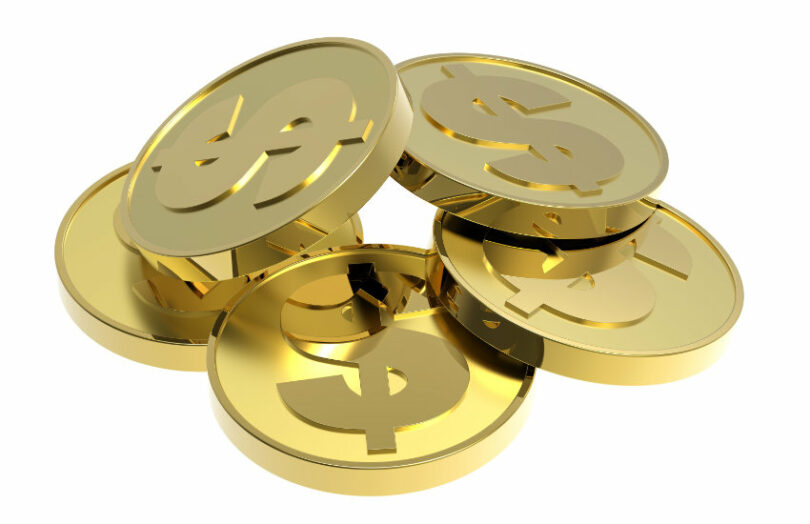Yesterday Federal Reserve Governor Michelle Bowman expressed reservations about the potential to issue a wholesale CBDC on a Unified Ledger, a BIS concept. The Bank for International Settlements (BIS) proposal would see central bank digital currency (CBDC), tokenized deposits and regulated digital assets settle on the same network.
Governor Bowman’s reservations are not about wholesale CBDC per se, but the risk of allowing “central bank money to circulate on a platform that is not owned and operated by the central bank.” The Governor acknowledged another route involves central banks maintaining their own ledgers. However, she views the term ‘wholesale CBDC’ as a misnomer because central bank money is already used for wholesale transactions.
Meanwhile, the New York Fed’s innovation arm participated in a Regulated Liability Network (RLN) trial earlier this year. The RLN is a similar concept to the Unified Ledger and arguably inspired it. We’ve found that some commercial banks embrace the Unified Ledger concept. Others see it as a long term North Star to move banks towards interoperability, but is too hard to achieve.
Policy versus technology
Governor Bowman highlighted a key issue with payments innovation is identifying whether the technology delivers improvement. Or whether the benefits actually flow from the required supporting policy changes. Those policies often exist for a reason. The Governor asked, “Which specific payment frictions can benefit from technological innovation itself and which are questions of policy and exist for good reasons?”
Compliance was one of the examples provided. More specifically, we’d observe that the G20 is keen to improve cross border payments, but anti money laundering (AML) and other compliance processes are major frictions. However, the G20 is pursuing many avenues, including ways to make compliance more efficient.
Another specific example we’d add that supports Governor Bowman’s point, is the reluctance of most central banks to allow foreign banks to access central bank money. This was a key hurdle in the cross border CBDC Project Dunbar.
Nonetheless, Governor Bowman emphasized the Fed is still open to various innovations and continues to participate in research. That includes for tokenization of traditional money and “new types of money” (regulated stablecoins).
She preceded her comments on wholesale CBDC with observations about general purpose (retail) CBDC. Governor Bowman is not supportive of a retail CBDC because she’s unconvinced it’s the best path to solve the problems it claims to target. And it has too many risk side effects, such as negative impacts on the banking system.






